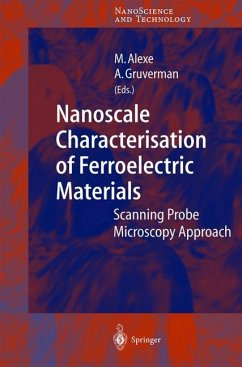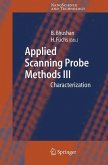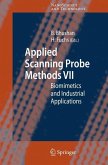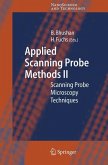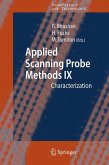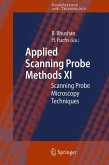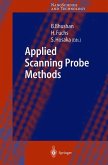Among the main trends in our daily society is a drive for smaller, faster, cheaper, smarter computers with ever-increasing memories. To sustain this drive the com puter industry is turning to nanotechnology as a source of new processes and func tional materials, which can be used in high-performance high-density electronic systems. Researchers and engineers have been focusing on ferroelectric materials for a long time due to their unique combination of physical properties. The ability of ferroelectrics to transform electromagnetic, thermal, and mechanical energy into electrical charge has been used in a number of electronic applications, most recently in nonvolatile computer memories. Classical monographs, such as Ferro electricity by E. Fatuzzo and W. J. Mertz, served as a comprehensive introduction into the field for several generations of scientists. However, to meet the challenges of the "nano-era", a solid knowledge of the ferroelectric properties at the nano scale needs to be acquired. While the science of ferroelectrics from micro-to lar ger scale is well established, the science of nanoscale ferroelectrics is still terra in cognita. The properties of materials at the nanoscale show strong size dependence, which makes it imperative to perform reliable characterization at this size range. One of the most promising approaches is based on the use of scanning probe microscopy (SPM) which has revolutionized materials research over the last dec ade.
From the reviews:
"The aim of this book is to present recent advances in nanoscale characterization of electrical, mechanical and optical properties of ferroelectric materials made possible due to the use of the SPM techniques. ... will be a useful reference for advanced readers as well for newcomers and graduate students interested in the SPM techniques. ... The book succeeds in being informative, balanced and intelligent ... . The references at the end of each chapter also make the book consistently informative and steadily rewarding." (Current Engineering Practice, Vol. 47 (3), 2004-2005)
"The aim of this book is to present recent advances in nanoscale characterization of electrical, mechanical and optical properties of ferroelectric materials made possible due to the use of the SPM techniques. ... will be a useful reference for advanced readers as well for newcomers and graduate students interested in the SPM techniques. ... The book succeeds in being informative, balanced and intelligent ... . The references at the end of each chapter also make the book consistently informative and steadily rewarding." (Current Engineering Practice, Vol. 47 (3), 2004-2005)

